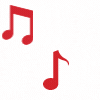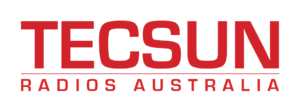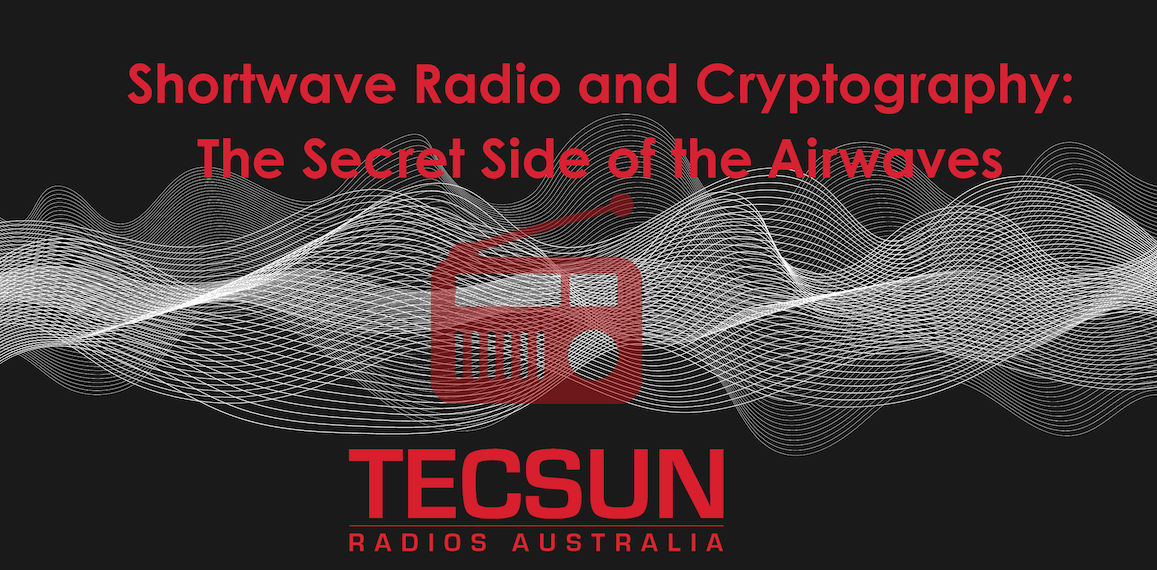
Shortwave Radio and Cryptography: The Secret Side of the Airwaves
Shortwave radio is a fascinating medium that has connected people across the globe for decades. It’s not just a platform for international broadcasters, amateur operators, and hobbyists—it also has a history steeped in mystery and secrecy. Welcome to the hidden world where shortwave radio and cryptography intersect, revealing a legacy of coded wartime messages, enigmatic numbers stations, and the enduring allure of decoding the unknown.
Cryptography Over the Airwaves: A Brief History
Since World War I, governments worldwide have used shortwave radio to send encrypted messages to their operatives across the globe. The medium’s ability to cover vast distances with a relatively simple setup made it an ideal choice for clandestine communications. Correctly decoding these messages required possession of a one-time pad or codebook—a key that unlocked the seemingly random streams of letters and numbers.
During World War II, this technique became even more refined. Allied and Axis forces alike used shortwave transmissions to communicate with spies, resistance fighters, and military units. The famous Enigma machine, used by Nazi Germany, is a prime example of cryptographic innovation intersecting with shortwave radio. While the Enigma codes were famously broken by Alan Turing and his team at Bletchley Park, many other ciphers remained undeciphered, adding to the mystique of wartime shortwave cryptography.
Numbers Stations: The Enigma of Modern Cryptography
One of the most intriguing aspects of shortwave radio is the mysterious phenomenon of numbers stations. These stations transmit sequences of numbers, letters, or tones in an almost hypnotic repetition, often read by an automated or synthesized voice. Sometimes, Morse code or digital formats are used instead. Their purpose? To deliver secret instructions to intelligence operatives.
Governments from countries such as Cuba, Russia, North Korea, Israel, the USA, and even former nations like Czechoslovakia have been known to use numbers stations. These transmissions are nearly impossible to trace back to their origin, making them a highly secure and anonymous method of communication. All a recipient needs is a shortwave radio, knowledge of the transmission’s time and frequency, and the corresponding codebook to decipher the message.
Numbers stations are shrouded in mystery and have captivated shortwave enthusiasts for decades. Some of the most famous stations include the “Lincolnshire Poacher,” thought to originate from the UK, and “UVB-76,” a Russian station also known as “The Buzzer.” Their cryptic broadcasts continue to fascinate listeners, sparking countless theories and debates.
To dive deeper into this enigmatic world, don’t miss our dedicated blog on numbers stations, where we explore their history, notable examples, and why they remain relevant in the modern age.
Why Shortwave and Cryptography Endure
In an era dominated by digital communication, why do shortwave radio and cryptography still matter? The answer lies in their simplicity and resilience. Shortwave transmissions are hard to intercept and jam, and they don’t rely on internet infrastructure or modern technology. This makes them an excellent backup for covert communications and an enduring symbol of secrecy.
For enthusiasts, the thrill of decoding a hidden message or stumbling upon a mysterious broadcast adds an element of adventure to shortwave listening. It’s not just about hearing voices from distant lands; it’s about uncovering secrets and connecting with a part of history that’s both fascinating and elusive.
Tune In and Decode the Unknown
Shortwave radio’s intersection with cryptography is a reminder that the airwaves hold more than just music and news—they carry secrets, stories, and a legacy of ingenuity. Whether you’re a history buff, a cryptography enthusiast, or a curious listener, exploring this hidden side of shortwave radio is a journey worth taking.
Grab your shortwave receiver, tune in, and who knows? You might just stumble upon the next great mystery waiting to be decoded.
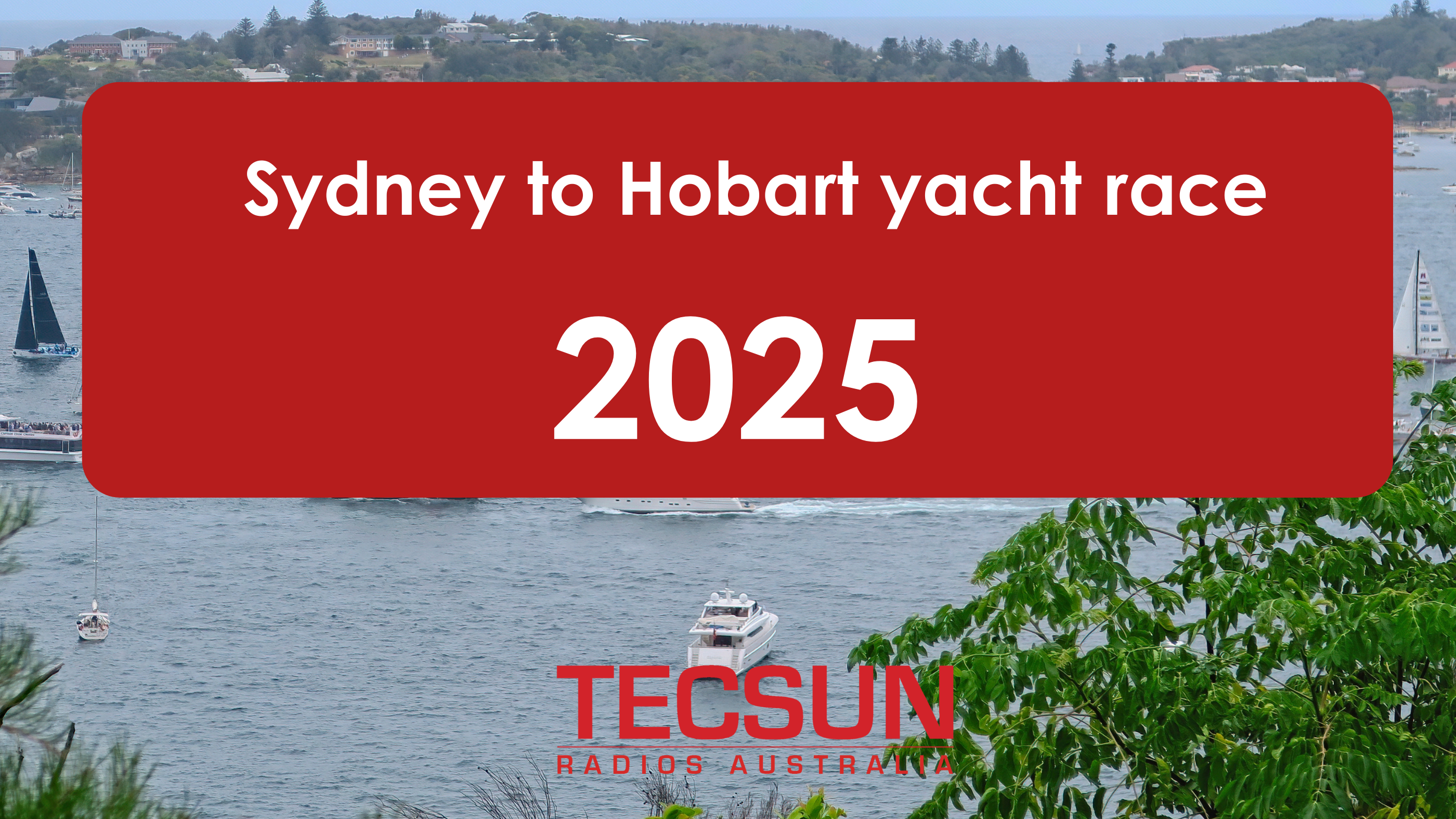
For the last 79 years, the Sydney to Hobart yacht race has been run on Boxing Day December 26.
This year the cannon will sound at 1pm, signalling the start of the race once again. The Rolex Sydney to Hobart yacht race commences on 26 December and ends on January 2 2025
This year there are 107 entrants racing over the 628 nautical mile course.
This is the first year where it is not mandatory for vessels to carry HF radio, although most still do. Radio supporters will no doubt wonder why the basic advantage of HF radio (you can be heard by anyone in an emergency) has been ignored and the cumbersome use of satellite phones and SMS instructions has been adopted. Official race instructions and updates will be sent by SMS to all vessels. Any vessel retiring from the race is expected to call a dedicated mobile phone number.
HF and shortwave radio enthusiasts can still listen to general marine communications by monitoring the following frequencies: 2182, 4125, 6215, 8291, 12290 and 16420Khz.
Weather forecasts for Tasmania at 1130 and 1530AEST (Bureau of Meteorology):
4426 kHz, 8176 kHz, 12365 kHz and 16546 kHz, USB at 1030, 1430 and 1830 AEST daily, 2201 kHz, 6507 kHz, 8176 kHz and 12365 kHz USB at 0230, 0630 and 2230 AEST daily.
Tasmanian maritime radio:
2524 kHz, 4146 kHz, and 6627 kHz USB at 0745, 1345, 1633 and 1903 AEST
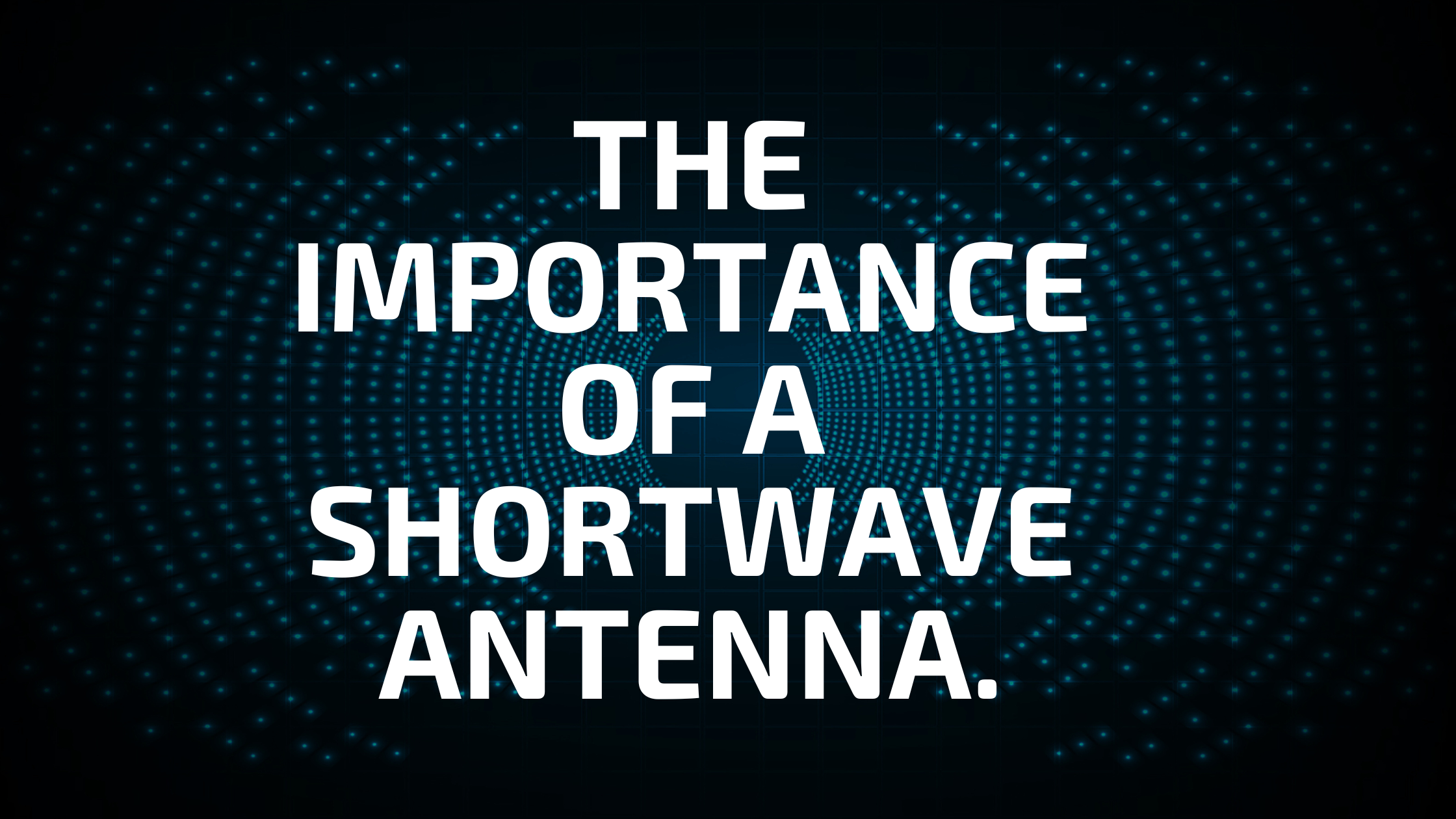
Much comparison has been made of the various models available today, but relatively little attention has been paid to available antennas. After all, no matter how good the receiver is, without a good antenna, nothing will be heard. In simple terms, the longer the piece of wire you can connect to any receiver, the more you will hear,
On the MW (AM) band, the antenna function is provided by a coil wound on a ferrite rod inside the receiver casing. On the FM band, a telescopic whip is provided. For SW (shortwave) an external antenna will provide the best results.
The simplest external antenna is a simple piece of wire connected to the “external antenna” socket of a receiver.
There are various models available from a simple wire with a plug on a plastic bobbin, to a retractable length of wire several metres long. Whilst these might be very portable and easy to carry, but no attention has been paid to matching the antenna to the receiver.
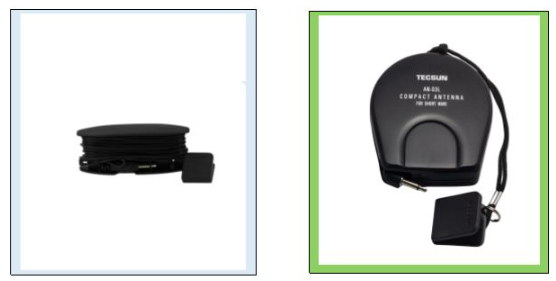
The best shortwave antenna will always be a resonant wire outside the building housing the receiver. Such antennas are normally fed using coaxial cable which provides shielding from interference generated inside and gets the active antenna element away from such noise sources.
A matched end fed longwire antenna is one of the simplest external antennas available, and will provide a huge performance improvement over an untuned piece of wire.
This is normally achieved using a long piece of wire (10M or so) and an “unun”, in simple terms a matching device to ensure maximum signal is provided to the receiver, all enclosed in a weatherproof housing suitable for outdoor mounting.
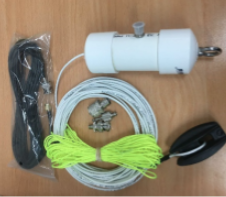
An even better solution than this is the “tuned” antenna, such as a dipole, normally reserved for amateur radio operators. The antenna is tuned by adjusting the length of the wire elements to the desired frequency.
The antenna elements are matched to the coaxial cable feeder using a balun. For transmitting applications this is vitally important, if the antenna is matched to the transmitter all the energy will be transferred to the antenna, and conversely when receiving, all available signal will be fed to the receiver. In this version the wire elements have frequency markings and can be unwound from the bobbin for the correct length.
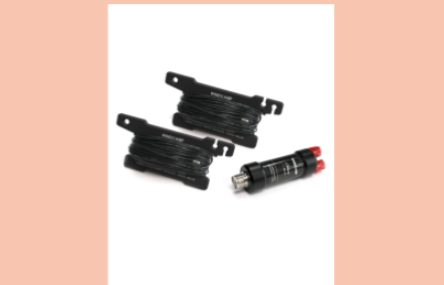
For those of us that wish to receive shortwave signals but don’t have the room for an external antenna, an active loop may be the solution. Normally 60cm-100cm in diameter, an amplified loop antenna is a wideband device that can be mounted near a window, or outside. The MLA-30+ antenna is one of these and many users have reported great results using these both indoors and outdoors as their circumstances permit. Powered by a standard USB source, this amplifier comprises a power injector and amplifier separated by a length of coaxial cable.
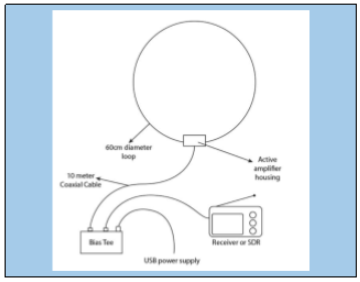
Another fixed location antenna that can be used for shortwave, VHF and UHF is the discone. This antenna has a very wide bandwidth from 25-1300 Mhz and is hence very convenient to use on a wide range of radio bands.
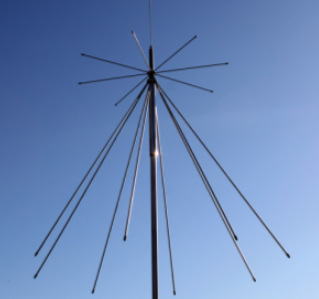
In summary there is a wide range of economical antennas that can make a huge difference to shortwave reception.
